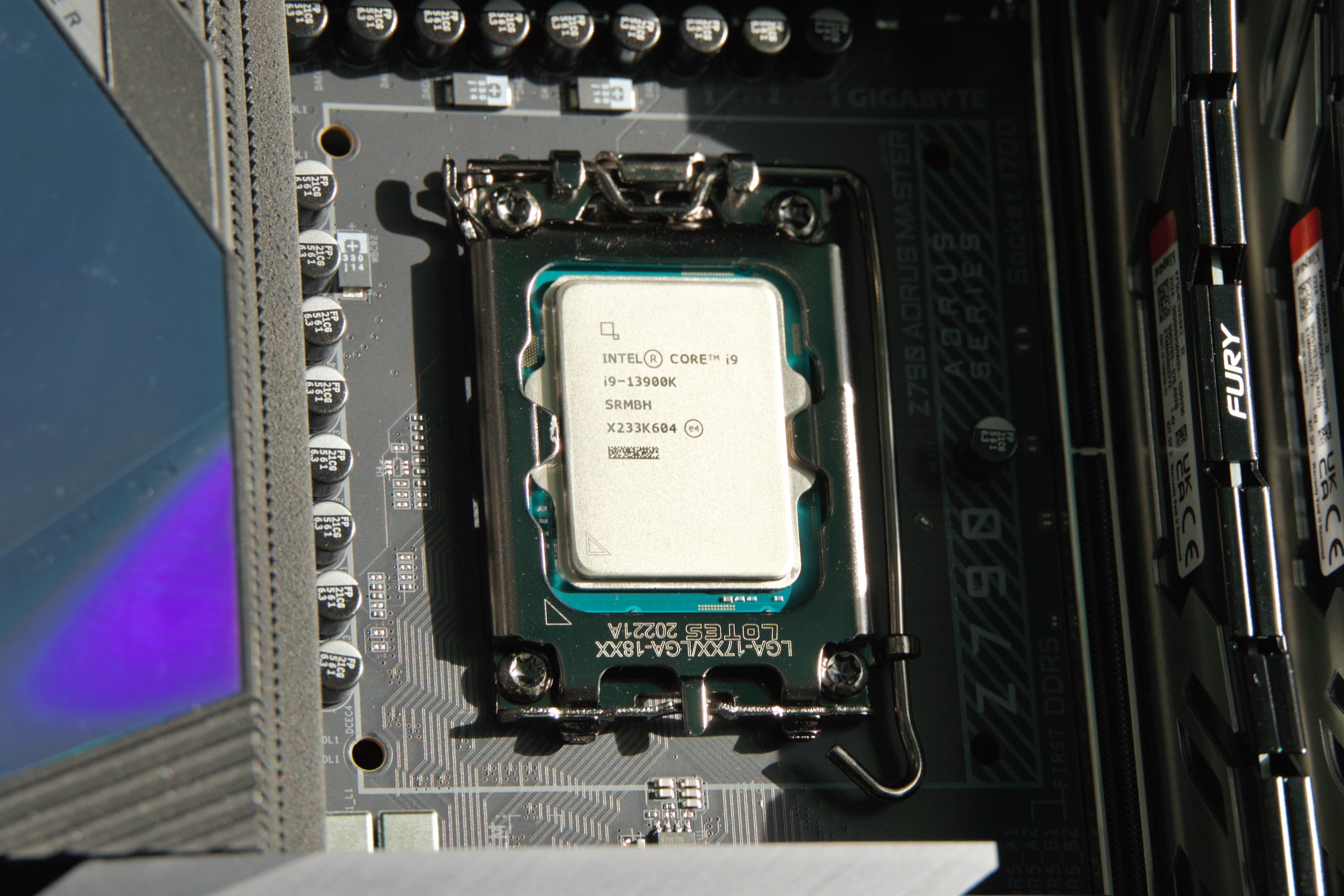Intel has released its financial results for the first quarter of 2023, and the numbers aren't good: The company brought in $11.7 billion, a drop of 36 percent from Q1 of 2022. Because of the decline in revenue, Intel lost $2.8 billion, the biggest loss in the company's history. Intel's two biggest divisions—its client computing group that sells products made for end users and its data center group that sells server products—were down 38 and 39 percent, respectively.
If there's any kind of silver lining for Intel in the earnings report, it's that the company did slightly better than it expected to do this quarter; three months ago, Intel predicted revenues of 10.5 to 11.5 billion for Q1.
The company has instituted layoffs and has cut pay for managers and executives to help stem losses. It has also canceled some product lineups recently, like its Blockscale series of Bitcoin-mining ASICs.
Some of Intel's problems are affecting nearly every company that makes PCs or PC components; there has been a large overall decline in the consumer PC business as people continue to use equipment they bought during the pandemic. Analysts at IDC say that PC shipments are down nearly 30 percent from the same time last year. Samsung just posted a 95 percent decline in profits because of an oversupply of memory and storage chips. Companies like Nvidia, Micron, and even Apple have all posted declines in revenue in recent quarters.
But some of Intel's problems are unique. A big one is the company's years-delayed range of next-generation "Sapphire Rapids" server CPUs, which has given AMD its best opportunity in years to cut into the lucrative server CPU market with its EPYC chips. It's one reason why AMD's recent financial results have been a bit rosier—revenues from its data center division are helping to make up for lower consumer demand for its CPUs and GPUs.



 Loading comments...
Loading comments...
